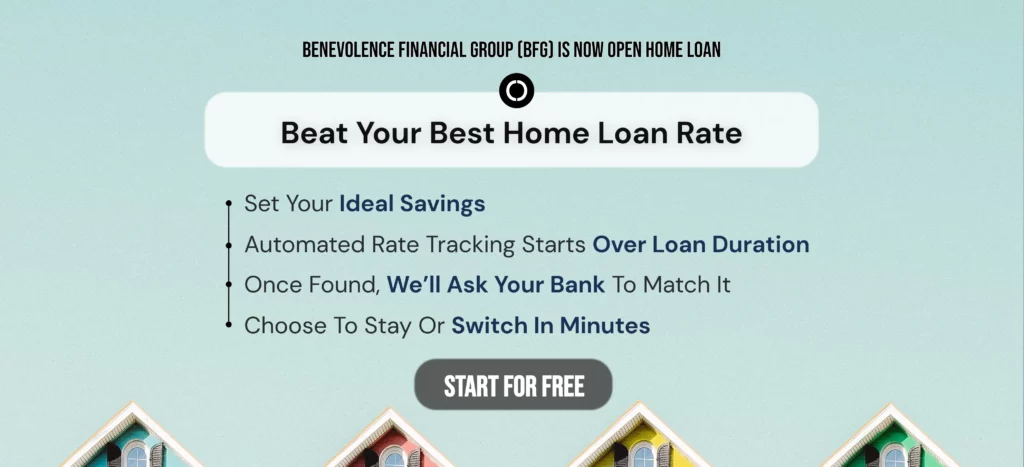What is a Self-Employed Home Loan?
A self-employed home loan is a mortgage product designed specifically for individuals who are self-employed or have an irregular income. This type of loan takes into account the unique financial circumstances of self-employed individuals, who may have fluctuating income, multiple income streams, or less consistent employment histories than traditional borrowers.
Unlike regular home loans, self-employed home loans typically require additional documentation to verify income and financial stability. Lenders may ask for tax returns, bank statements, and other financial records to assess an applicant’s creditworthiness.
What are the Differences Between Self-Employed Home Loans and Regular Home Loans?
- Documentation requirements: Self-employed individuals are typically required to provide more documentation than traditional borrowers. This is because lenders need to verify income and financial stability in order to assess creditworthiness. Regular borrowers may only need to provide proof of income, while self-employed borrowers may need to provide tax returns, bank statements, and other financial records.
- Income verification: Self-employed borrowers may have more difficulty verifying their income than traditional borrowers. This is because self-employed individuals may have multiple income streams or fluctuating income. Lenders may use a different formula to calculate income for self-employed borrowers, which can affect the amount of the loan for which they qualify.
- Interest rates: Self-employed home loans may have higher interest rates than regular home loans. This is because self-employed borrowers are considered to be higher risk, as their income may be less stable than that of traditional borrowers.
- Loan amount: Self-employed borrowers may be able to borrow less than traditional borrowers. This is because lenders may use a more conservative approach when assessing the financial stability of self-employed borrowers.
- Down payment: Self-employed borrowers may be required to make a larger down payment than traditional borrowers. This is because lenders may view self-employed borrowers as higher risk and require more cash upfront to offset that risk.

